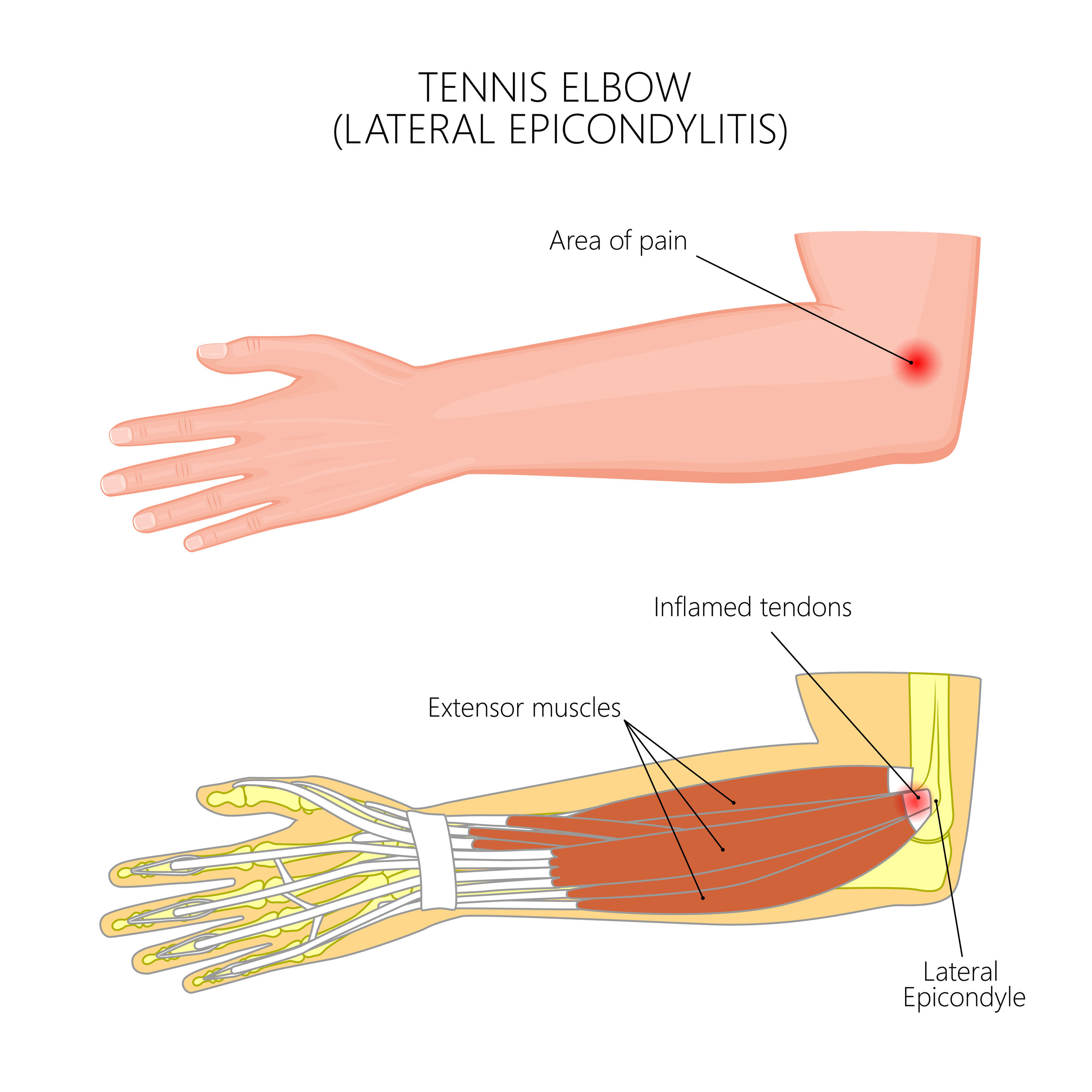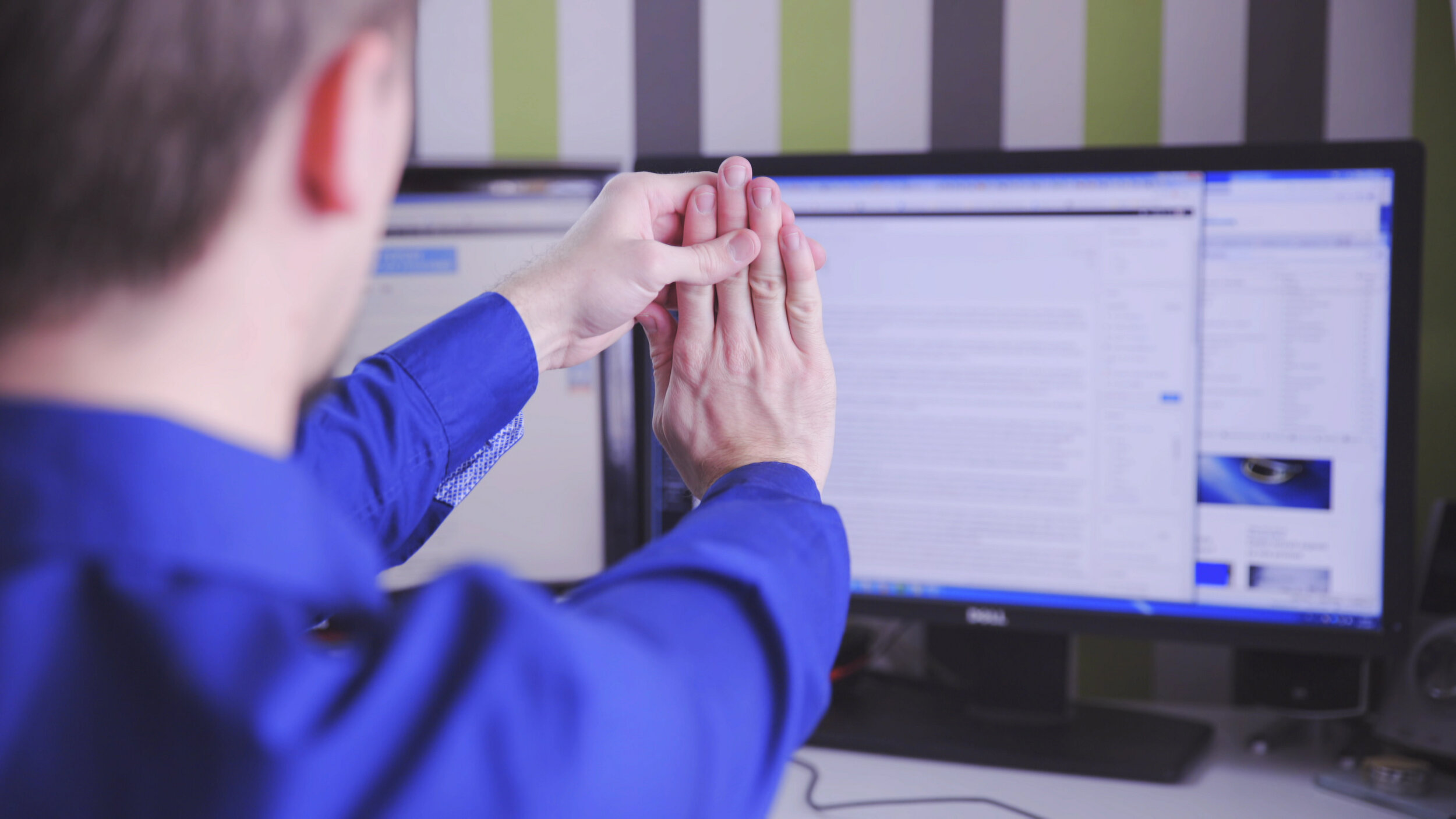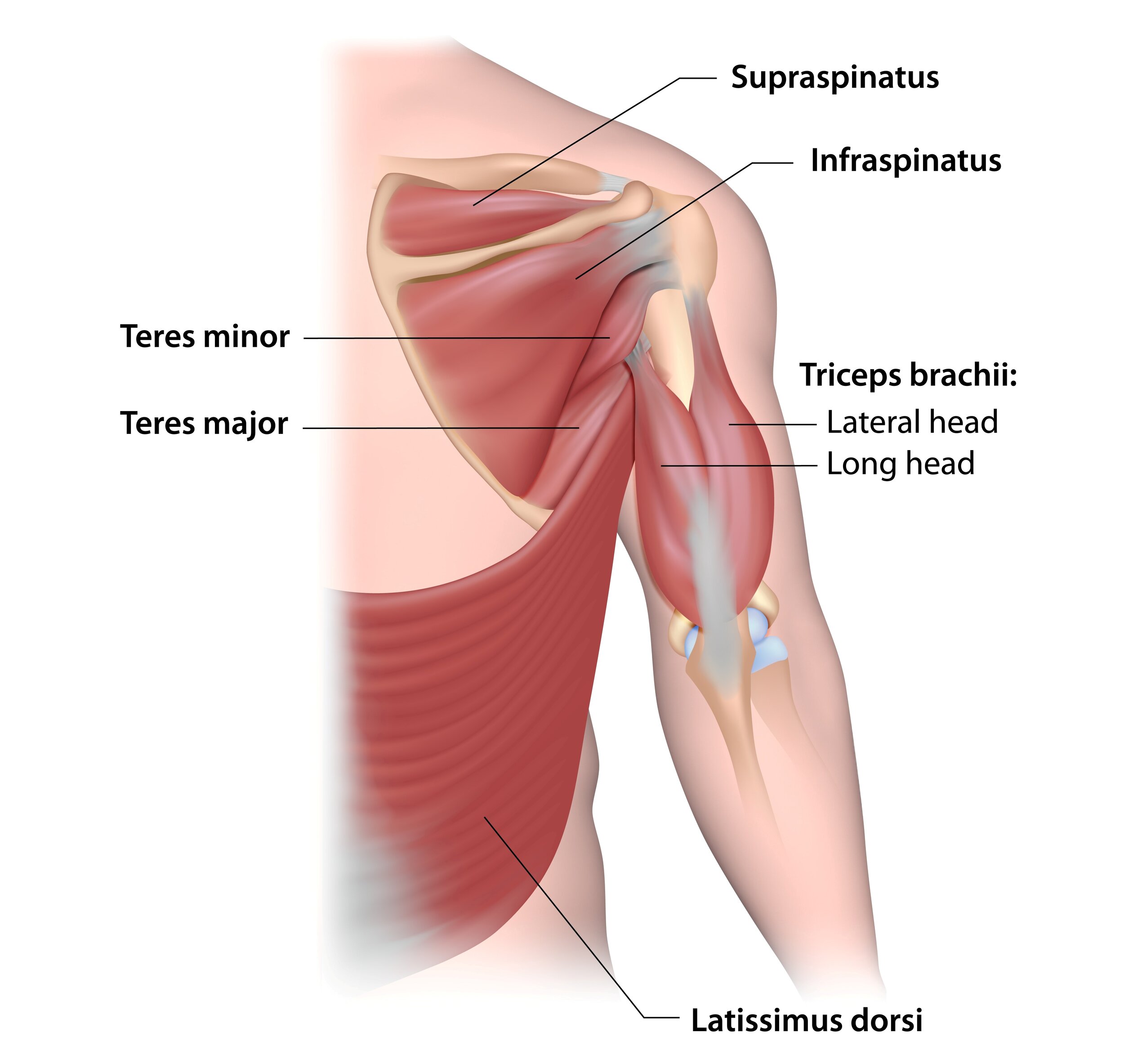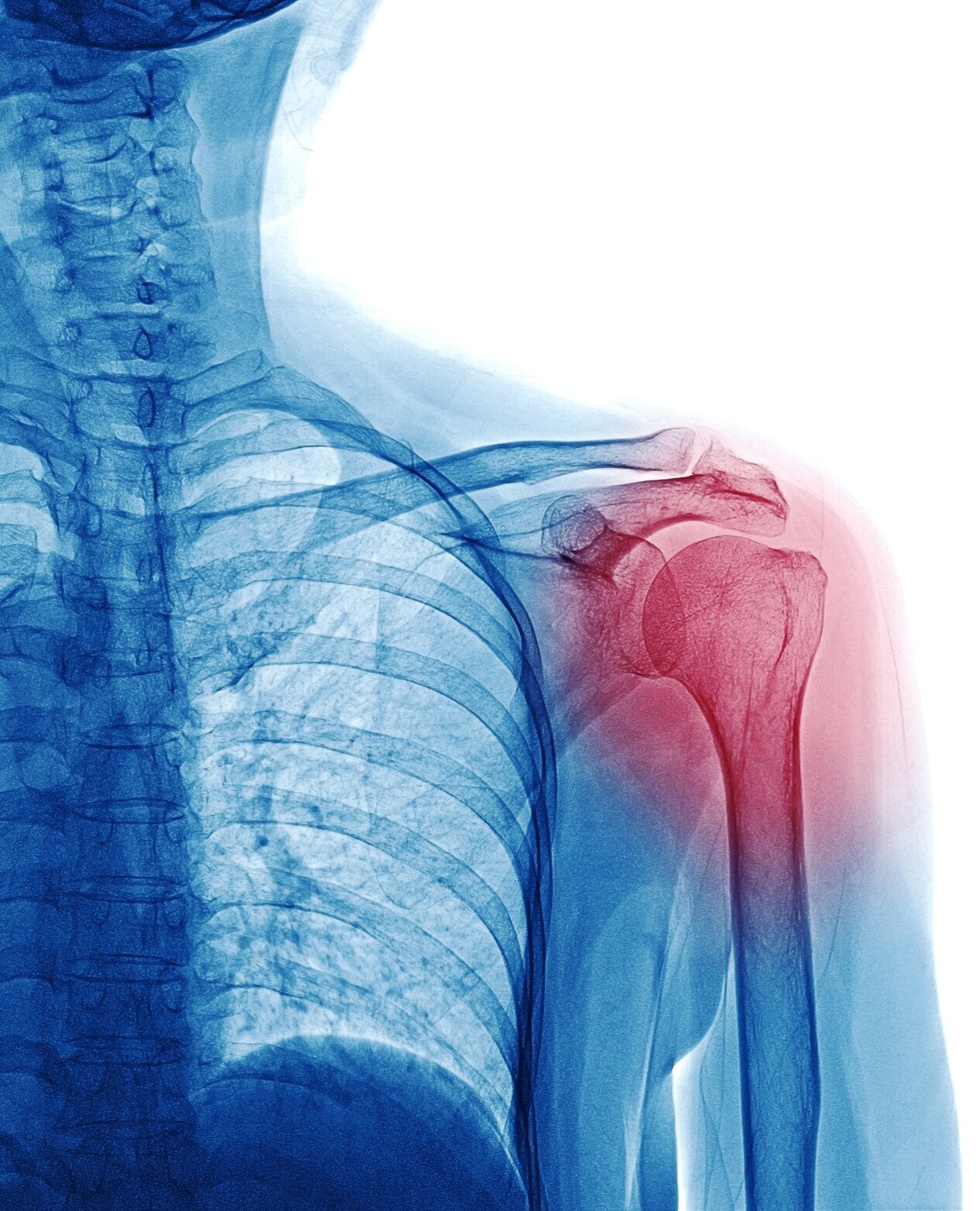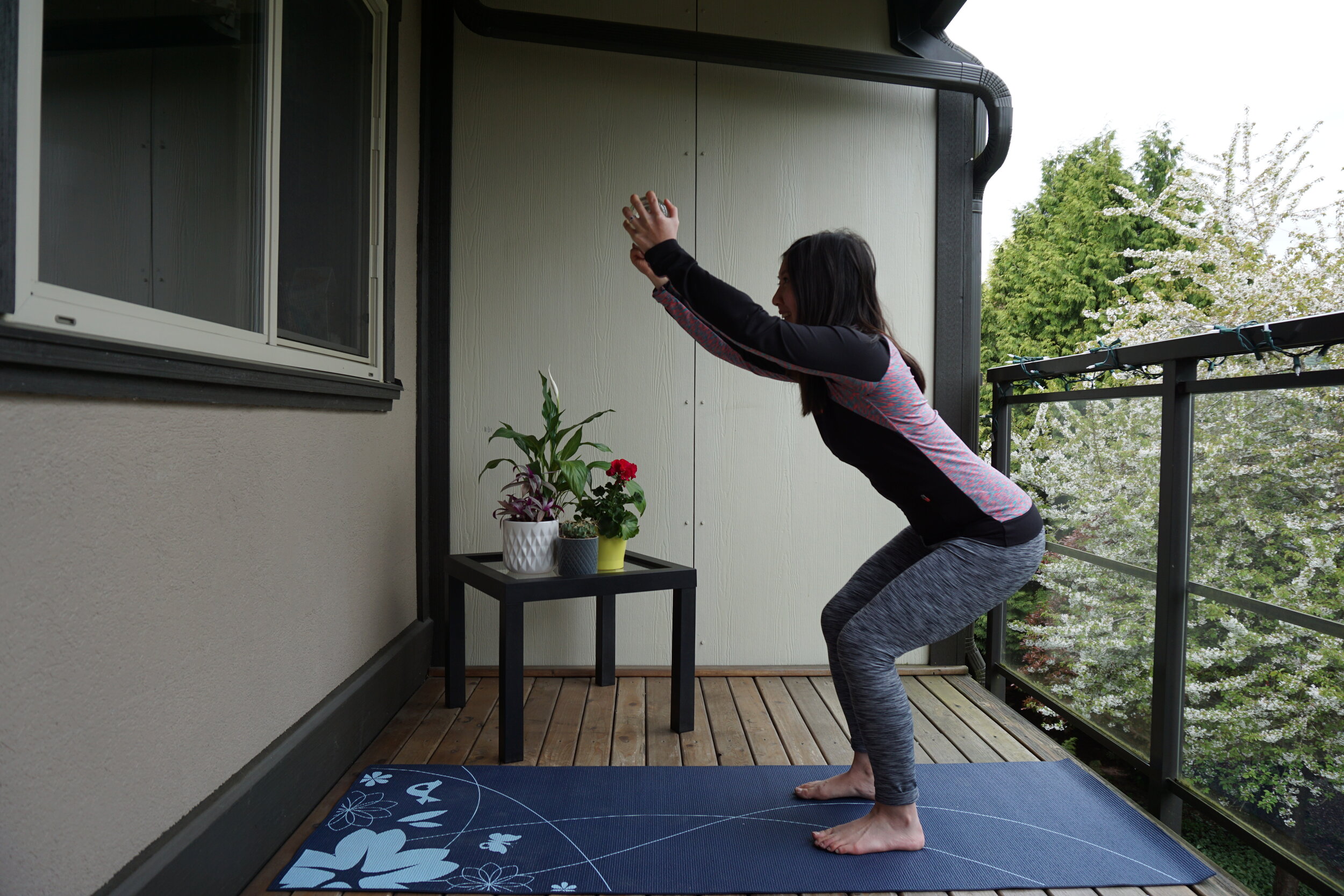Anyone who’s had any kind of vestibular dysfunction knows this simple fact: your brain leaves you. It’s like someone has taken out the best parts of your brain and replaced it with air. You cannot pay attention or multi-task, things are more confusing and memory has taken a vacation. Yet somehow it feels like your brain is working overtime.
As someone who has experienced this, I can tell you first hand it is one of the most frustrating parts of vestibular dysfunction - the feeling of stupid. There’s no other way to describe it.
You just feel dumb.
Luckily, we finally have that research that shows what vertigo sufferers have known for years - it DOES affect our cognition! It DOES affect more than just our sense of balance! Vestibular dysfunction affects so many different parts of the brain involved in cognition.
When we talk about the vestibular system, we usually just think of the snail-looking thing in the inner ear - the semicircular canals and vestibule that make up the vestibular end organ. What we don’t usually discuss is where this information goes - and let me tell you, it goes far and wide. The brain lights up like a Christmas tree on an MRI when stimulated with vestibular input. There are projections to the hippocampus, thalamus, parietal cortex, the cerebellum, the midbrain… I could go on!
When you boil it all down, the vestibular system is directly involved in four main cognitive processes:
Memory - short term memory is especially impaired with vestibular dysfunction.
Attention - those with vestibular dysfunction show difficulty both with staying on task as well as accuracy with the task at hand.
Executive Function - the planning, organizing and prioritizing part of your brain is heavily influenced by the vestibular system. This is why those with vestibular dysfunction have so much difficulty multi-tasking!
Spatial Navigation - this is the brain’s ability to digest and manipulate information in 2D and 3D. You use this skill when reading a map or manipulating shapes to go into a puzzle.
These four areas are crucial to functioning in our world. It’s so difficult to get the kids to school, get yourself to work, figure out what’s for dinner and remember that dentist appointment when your vestibular system is throwing wrenches into the system. While your brain recovers, it’s important to use some strategies (and not beat yourself up about temporarily needing them!):
Write It Down - Whatever it is, get it in writing. Put it in a calendar, jot down a list or put that post-it somewhere easy to see. If you don’t have a system, now is the time to create one! If you’re not one for technology, get an old-fashioned agenda and take that thing with your everywhere. If you’re like me and attached to your phone, use it to your advantage by using the reminder and alarm functions.
Take Brain Breaks - A great way to encourage attention is to give yourself scheduled breaks, preferably with some physical activity involved. Set an alarm for a period time - when that alarm goes off, get up and away from the task at hand. Do a quick set of yoga, dance in the kitchen or go for a brisk walk. Whatever it is, move your body!
Remove Visual Distractions - Not only does a busy environment have a negative effect on focus, symptoms of vestibular dysfunction are often triggered by busy visual fields. Do yourself a favour and create a calm, relaxing space free of clutter.
Vestibular dysfunction doesn’t just affect your ears and vestibular rehabilitation doesn’t just help your balance. The right approach to rehabilitation will challenge your entire brain (aka neuroplasticity - never heard of it? Check out our blog on neuroplasticity). The challenge should always be hard for you - not impossible but outside your comfort zone. Symptoms should be triggered and then brought back down.
If you have any questions about vestibular rehabilitation, feel free to contact us through email or phone us at (778) 630-8800. If you would like to book an appointment, you can do so online.










